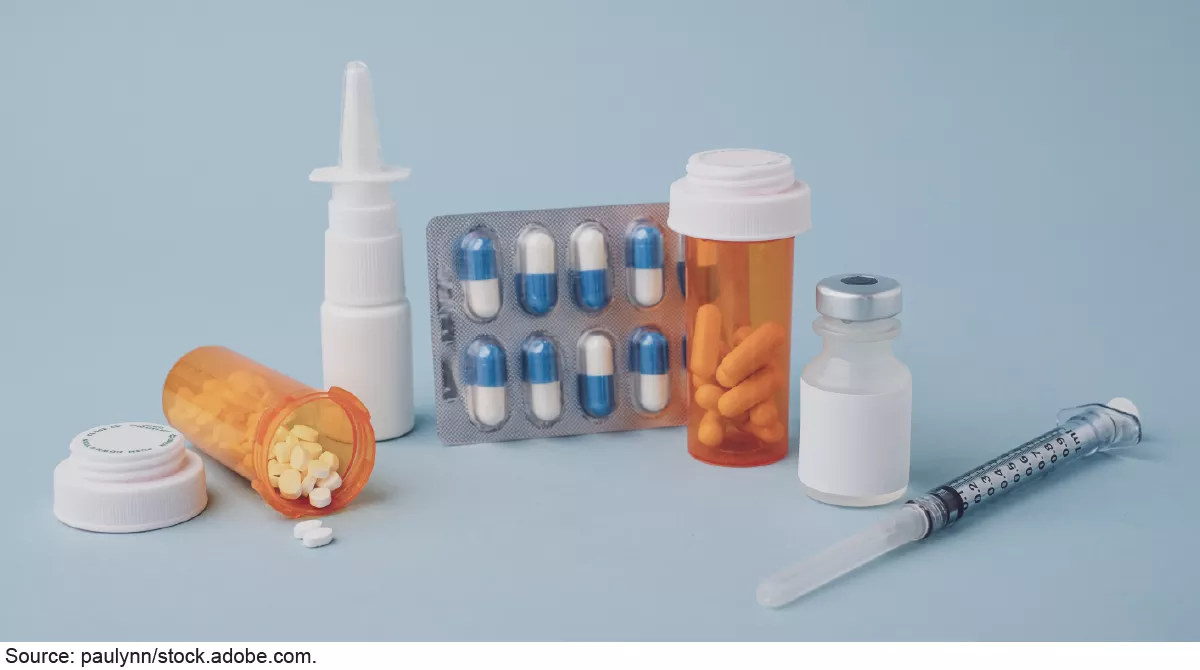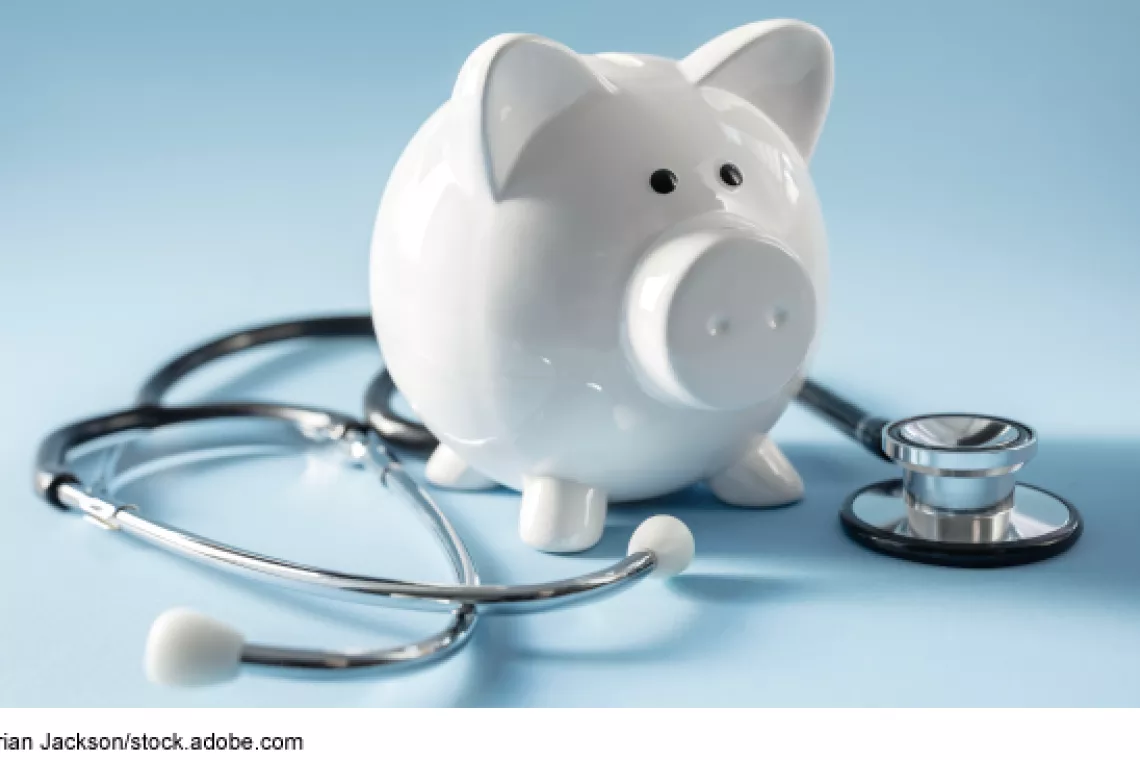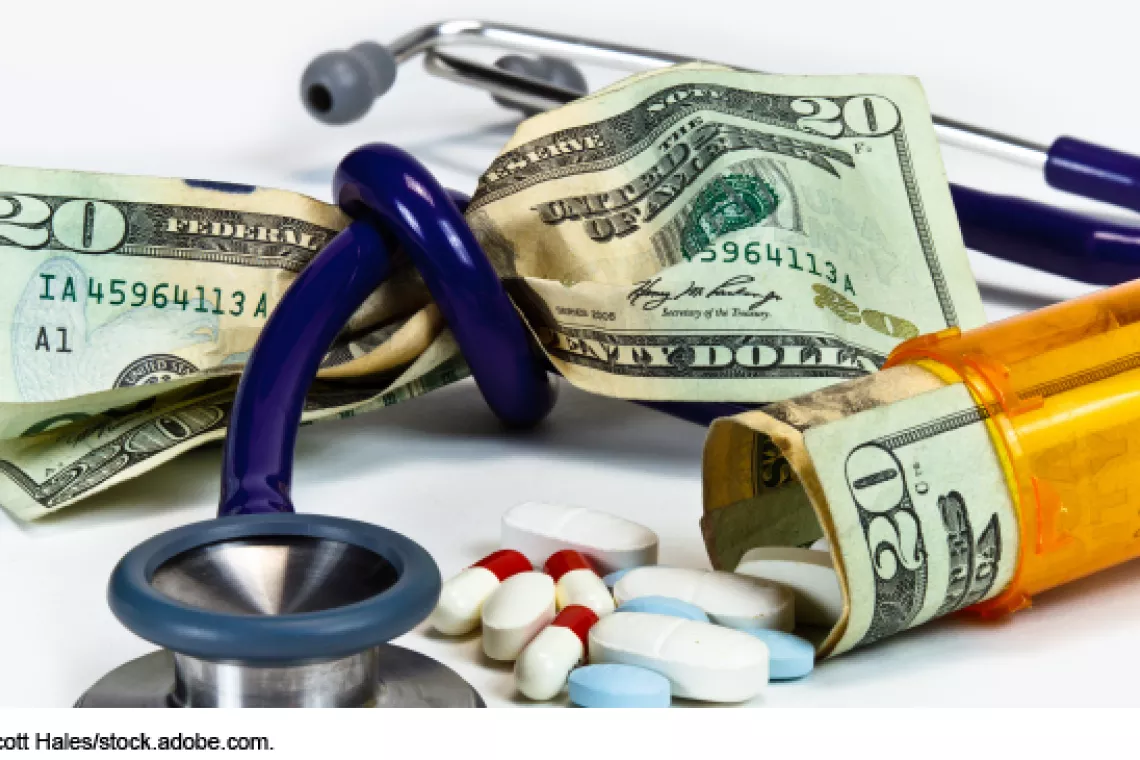Nonprofit Drug Companies Aim to Curb High Prices and Shortages
The rising cost of prescription drugs continues to make headlines. This increase has significant implications for people who rely on medications and for taxpayer-funded health care programs. For example, Medicare spending on prescription drugs nearly doubled between 2014 and 2022.
At the same time, the country has faced several drug shortages of medications ranging from antibiotics to chemotherapy drugs.
Nonprofit drug companies could play a role in helping to address rising prices and drug shortages. Today’s WatchBlog post looks at our new report on nonprofit drug companies.
Image

What are nonprofit drug companies and what do they offer?
Nonprofit drug companies have recently emerged as an alternative to traditional for-profit manufacturers. Nonprofits are still quite small in number—we identified seven operating in the United States. And three currently have products in the U.S. marketplace.
Nonprofits, like for-profits, produce brand-name, generic, and over-the-counter medications and medical products. However, nonprofits are not driven by the goal of maximizing company profits. In fact, they are funded by donations and grants from private foundations, hospitals, and a for-profit drug company. A few are even financed by their founders. Such companies are generally exempt from paying federal taxes.
In addition to potentially lowering the price of some drugs, nonprofits may help address some drug shortages—particularly those for lower-priced generics. From 2020 to 2023, there were more than twice as many generic drugs in shortage as brand-name drugs. These shortages limited access to everything from antibiotics to pain medications.
When medication is in short supply, it can also result in patients using less medication than prescribed and force some health care providers to make difficult choices, such as prioritizing patients for care. We recently reported on drug shortages. Learn more by checking out our report and listening to the podcast below.
How are nonprofits helping with drug shortages? One nonprofit drug company has focused on ensuring a steady supply of some generic drugs that have faced shortages. Civica is working to address and prevent shortages by ensuring some generic injectable drugs commonly used during surgery and other medical procedures like anesthesia drugs are available to certain hospitals.
Two other nonprofits have focused on lowering prices and making drugs available for specific patients. For example, Harm Reduction Therapeutics has focused on lowering the price and making the drug naloxone more readily available. Naloxone is available without a prescription and is used to reverse an opioid overdose. It has been in high demand over the past several years. Another nonprofit company, Medicines360, has focused on making medical devices like IUDs available to underserved or lower-income women with limited access to health care.
What hurdles do nonprofit drug companies face?
Representatives from nonprofit drug companies told us that they face some hurdles with maintaining or expanding their business, including:
Obtaining enough funding for drug development. Nonprofit drug company representatives said they estimate needing between $4 million to develop a generic drug and up to about $80 million to develop a brand-name drug. Yet few private organizations are able to provide grants large enough to cover these costs. Nonprofits would have to cobble together many smaller grants to have enough funding to bring a drug to market.
Communicating scientific and regulatory procedures and associated risks. Bringing a new drug to market can be a complex and risky process. Some nonprofit drug company representatives told us that helping potential investors understand the complicated procedures and associated risks can be challenging—especially given the high failure rate for new drugs that can make investors hesitant to make a risky investment.
Maintaining tax-exempt status. Some nonprofit drug companies said they are concerned that using revenue from drug sales to support ongoing company operations could affect their continued federal tax-exempt status. Some also expressed worries that their current practice of selling drugs below cost or donating a portion of their drugs to maintain tax-exempt status may be unsustainable over time. Several companies also told us that guidance from the IRS about the kinds of activities they may engage in to maintain their tax-exempt status would be helpful, including the sale and distribution of drugs. The IRS said nonprofit drug companies could request guidance on this topic.
For more on how the three nonprofits with drugs currently on the market manufacture, set prices for, and distribute their drugs, check out our full report.
- GAO’s fact-based, nonpartisan information helps Congress and federal agencies improve government. The WatchBlog lets us contextualize GAO’s work a little more for the public. Check out more of our posts at GAO.gov/blog.
- Got a comment, question? Email us at blog@gao.gov.
GAO Contacts
Related Products

GAO's mission is to provide Congress with fact-based, nonpartisan information that can help improve federal government performance and ensure accountability for the benefit of the American people. GAO launched its WatchBlog in January, 2014, as part of its continuing effort to reach its audiences—Congress and the American people—where they are currently looking for information.
The blog format allows GAO to provide a little more context about its work than it can offer on its other social media platforms. Posts will tie GAO work to current events and the news; show how GAO’s work is affecting agencies or legislation; highlight reports, testimonies, and issue areas where GAO does work; and provide information about GAO itself, among other things.
Please send any feedback on GAO's WatchBlog to blog@gao.gov.




